| What are rescue boats and davits? |
Rescue boats are small, motorized vessels used for life-saving operations, evacuation, or rescue missions, often deployed from larger ships or offshore platforms. Davits are mechanical devices used for launching, lowering, and retrieving rescue boats or lifeboats safely. |
| How do rescue boats and davits work? |
Davits are equipped with winches or cranes capable of hoisting rescue boats from their stowed position, lowering them into the water, and retrieving them back onto the ship or platform after use. Rescue boats are powered by engines and crewed by trained personnel to perform search and rescue operations. |
| What are the primary functions of rescue boats and davits? |
The primary function of rescue boats and davits is to provide a means of rapid response and evacuation in emergency situations, such as abandoning ship, responding to distress signals, or conducting search and rescue operations in open water. |
| Why are rescue boats and davits important? |
Rescue boats and davits are essential for maritime safety as they provide a dedicated means of evacuating personnel from a vessel or offshore platform during emergencies, ensuring the timely and effective response to distress situations at sea. |
| What types of vessels or structures use rescue boats and davits? |
Rescue boats and davits are commonly found on various types of ships, including passenger vessels, cargo ships, offshore supply vessels, oil rigs, and drilling platforms, where they serve as vital components of the vessel’s life-saving equipment. |
| Are there regulations governing the use of rescue boats and davits? |
Yes, maritime authorities and regulatory bodies have regulations and standards specifying the design, construction, testing, inspection, and maintenance requirements for rescue boats, davits, and associated life-saving equipment to ensure their reliability and effectiveness in emergencies. |
| How should rescue boats and davits be maintained? |
Rescue boats and davits should be regularly inspected, tested, and maintained according to manufacturer recommendations, regulatory requirements, and industry best practices to ensure their operational readiness and compliance with safety standards. |
| Where can one purchase rescue boats and davits? |
Rescue boats and davits can be purchased from marine equipment suppliers, boatbuilders, specialized manufacturers, and authorized distributors offering a range of models, sizes, and configurations suitable for different vessels and offshore installations. |
| Can personnel receive training in the operation of rescue boats and davits? |
Yes, personnel involved in maritime operations should receive training in the safe operation, deployment, and maintenance of rescue boats and davits, including procedures for launching, recovering, and maneuvering the boats in various sea conditions. |
| What are the safety precautions to observe when using rescue boats and davits? |
When using rescue boats and davits, personnel should adhere to established safety procedures, wear appropriate personal protective equipment (PPE), follow manufacturer instructions and guidelines, and undergo regular drills and training exercises to ensure preparedness for emergency situations. |


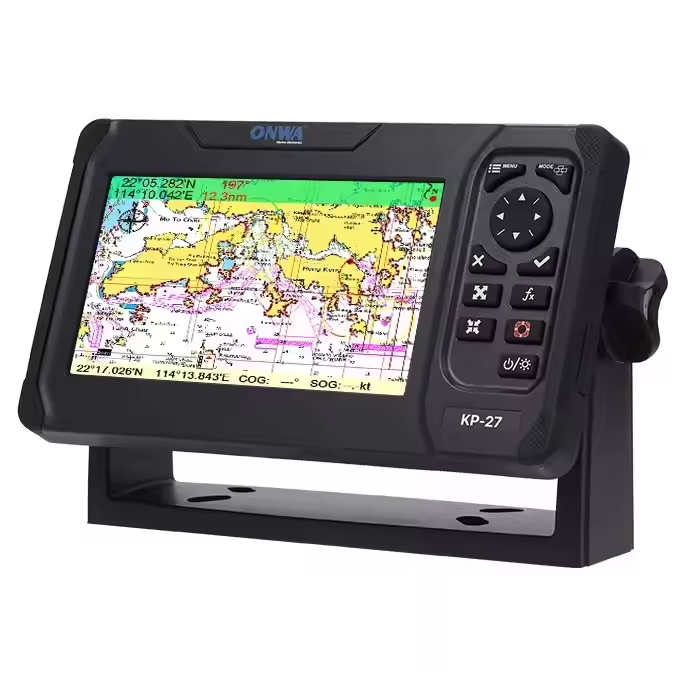
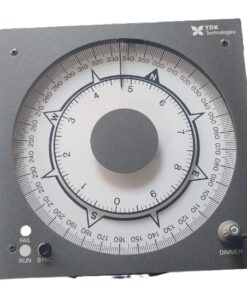
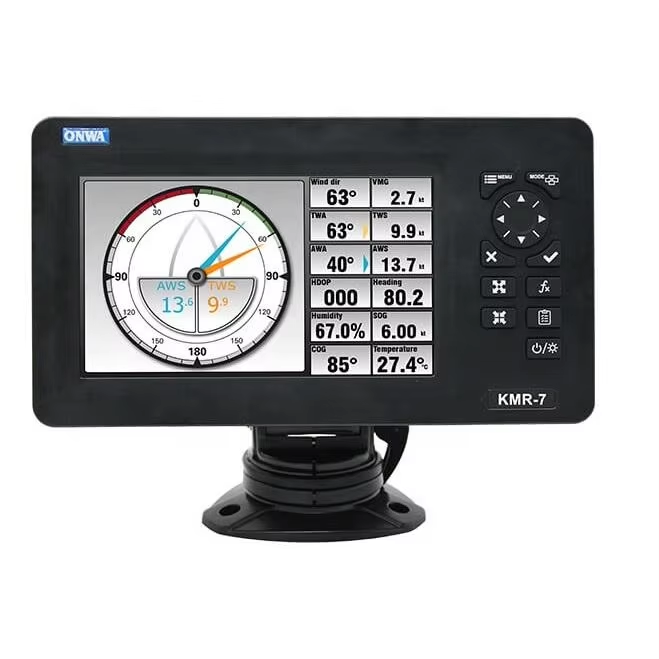
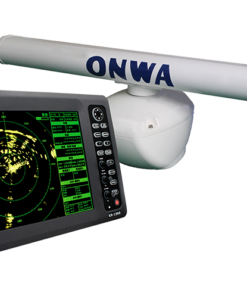
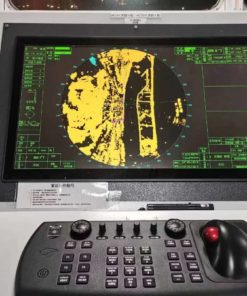
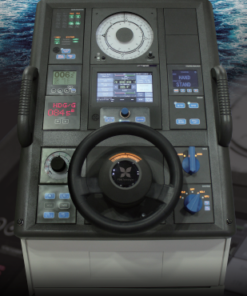
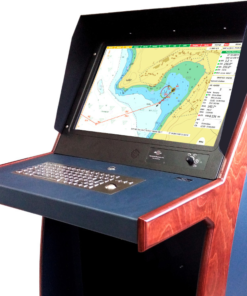
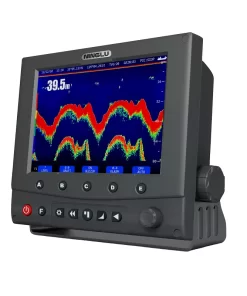
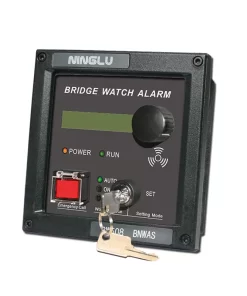
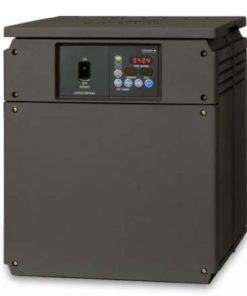
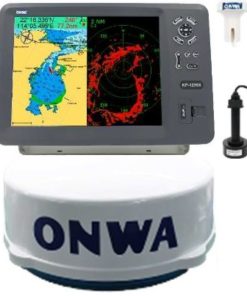
Latest Products
YDK Technologies MKN020 Gyro compass connection box
AED 3,960.0Original price was: AED 3,960.0.AED 2,850.0Current price is: AED 2,850.0.Onwa KM-8X 5-in-1 Marine Bundle Set Radome – GPS, Chartplotter, EchoSounder, AIS, Radar
8-inch GPS Chart Plotter with AIS and Radar
Onwa KM-8A (BUNDLE) 8-inch Color TFT LCD GPS Chart Plotter with Class B+ AIS Transponder MFD [BUNDLE]